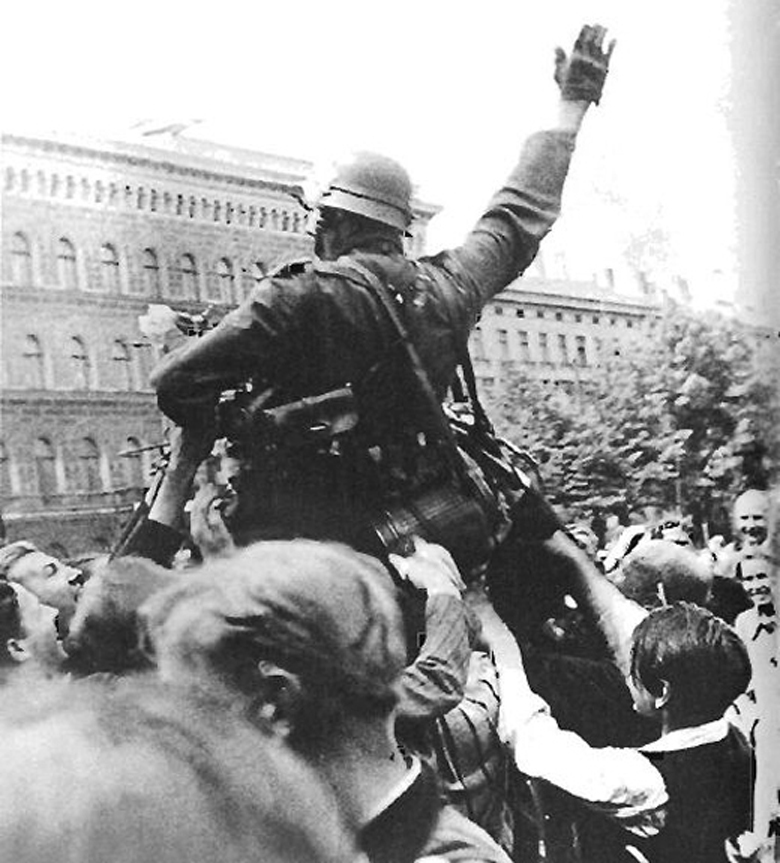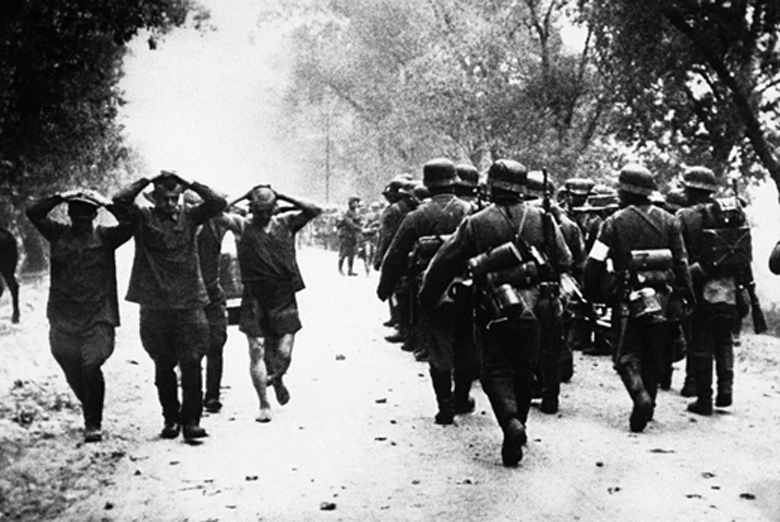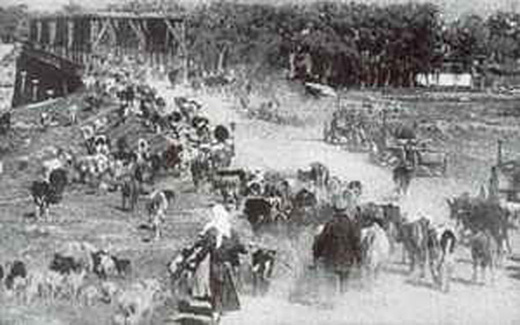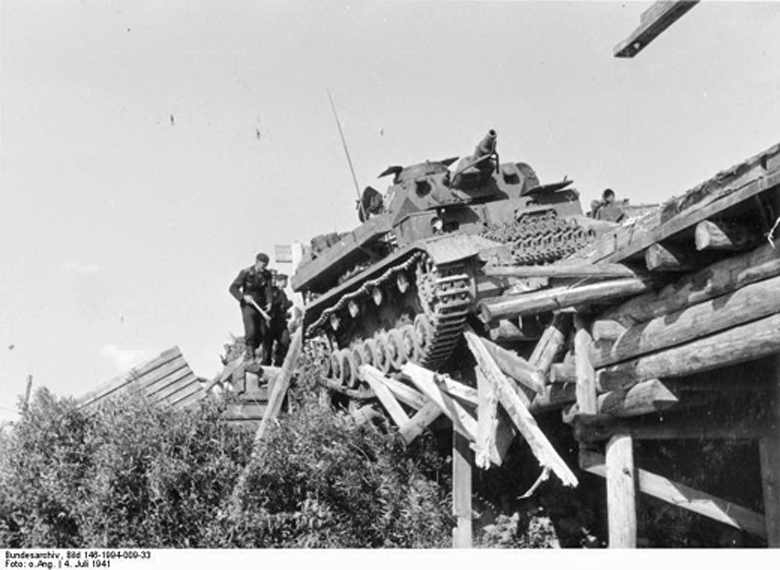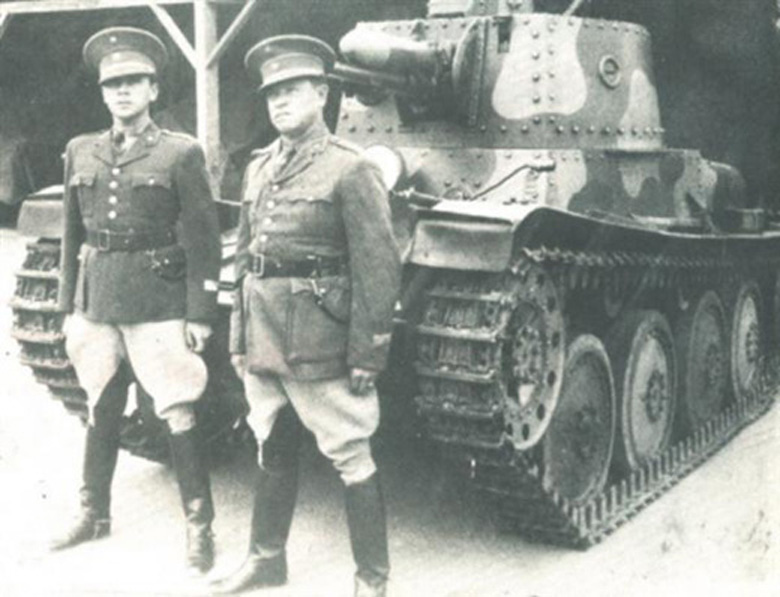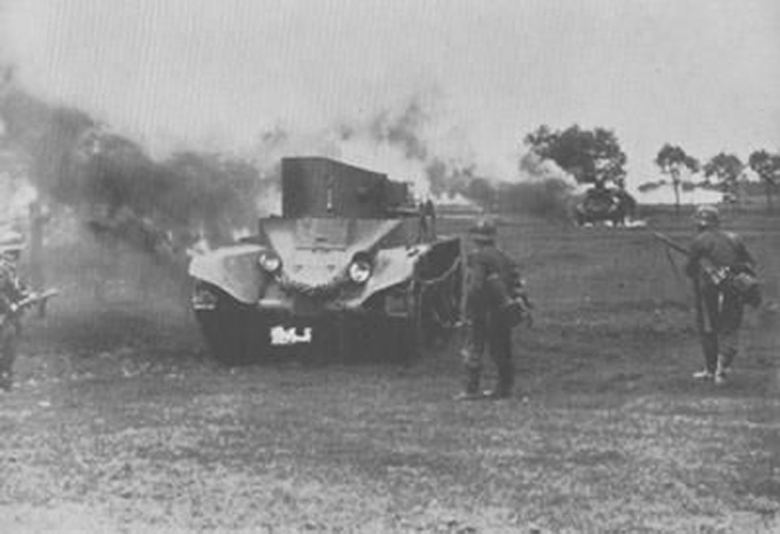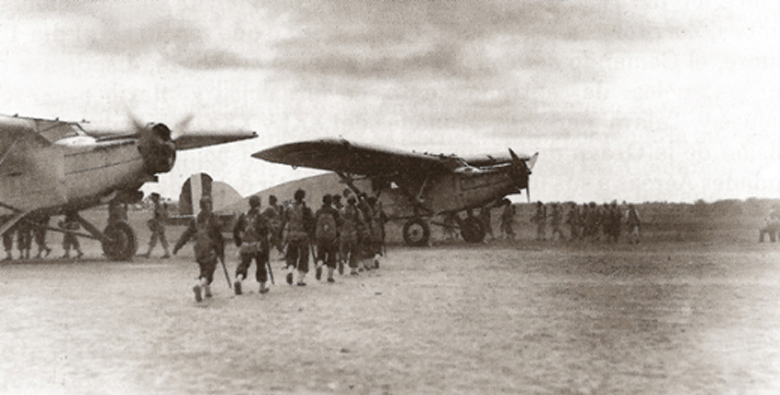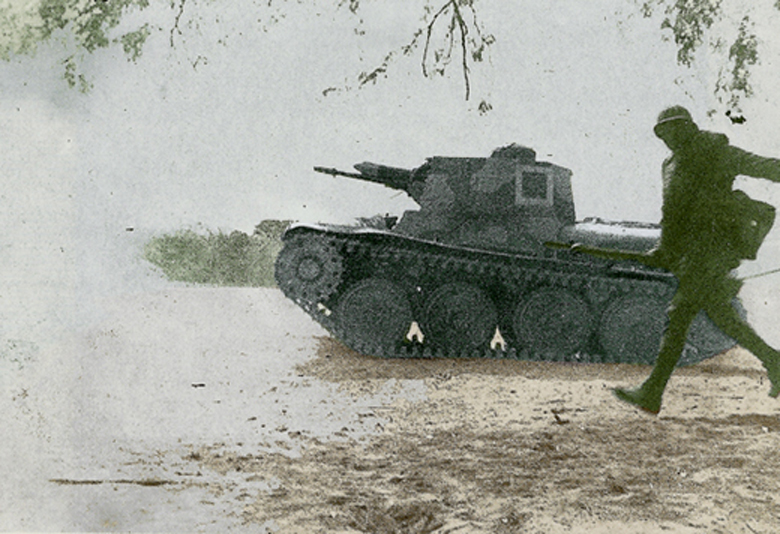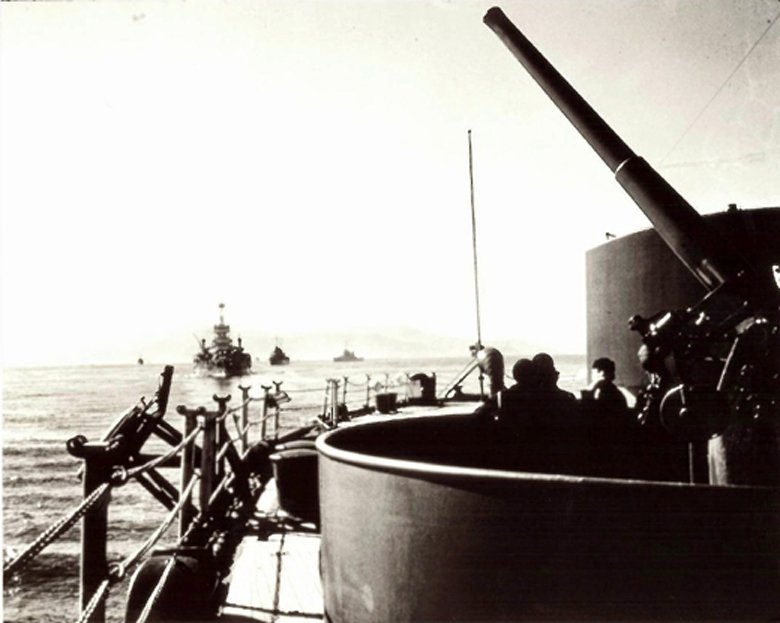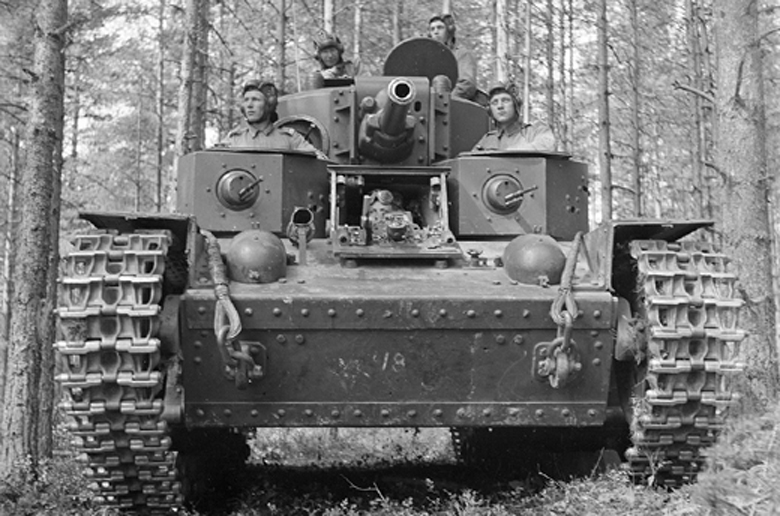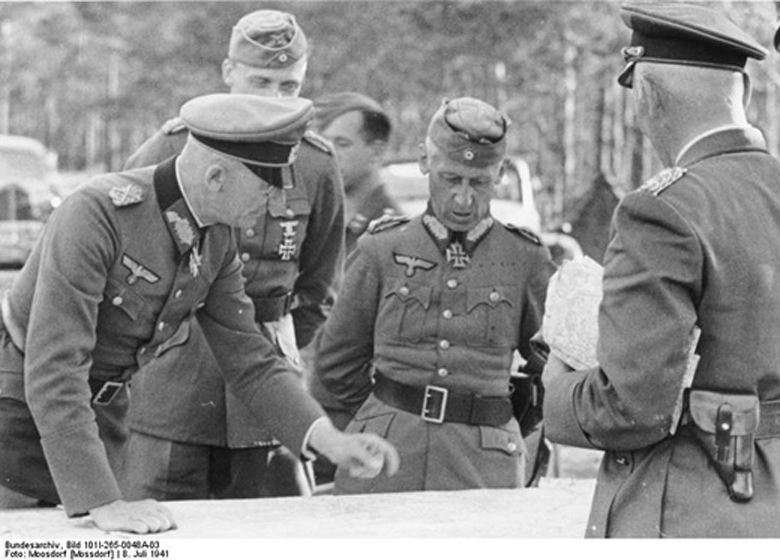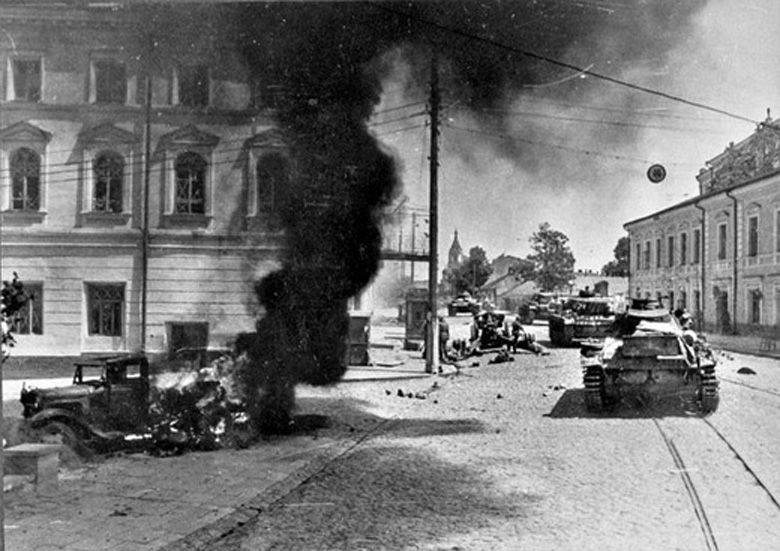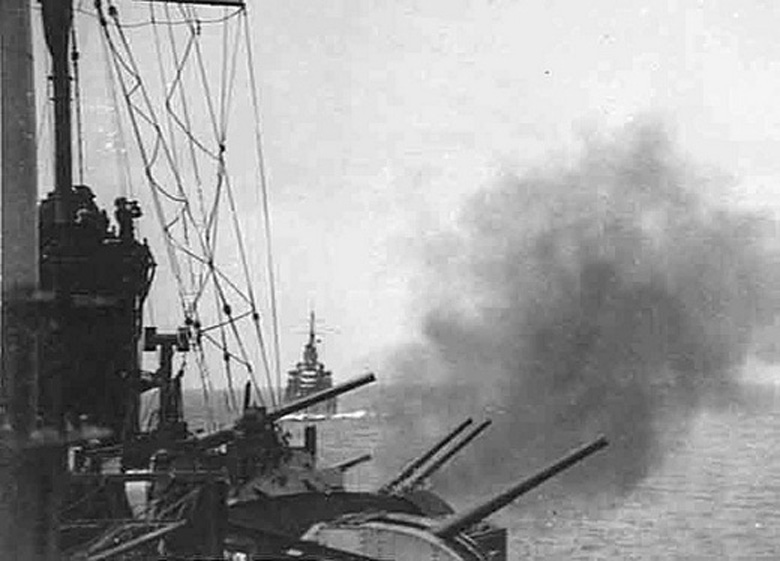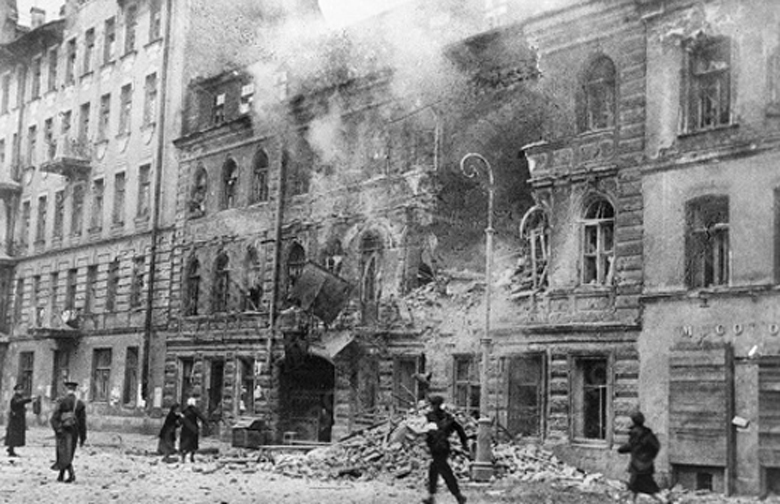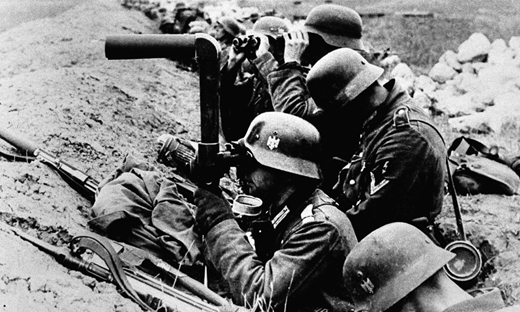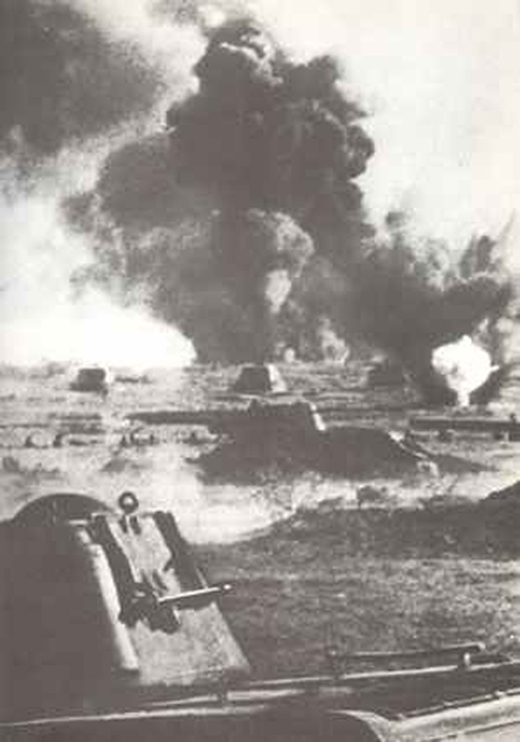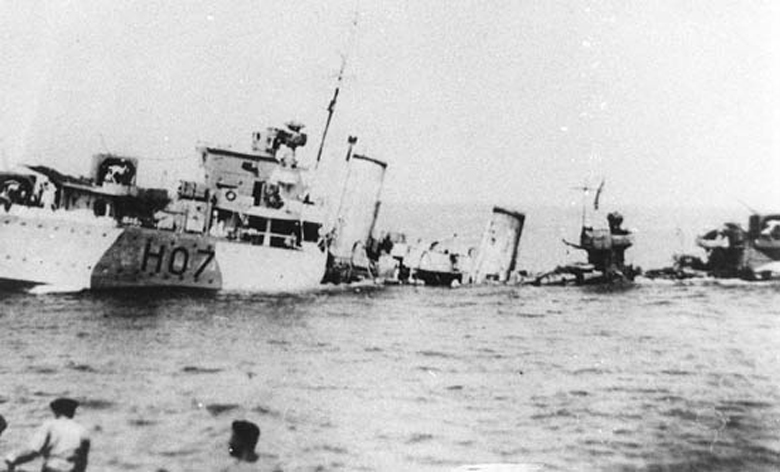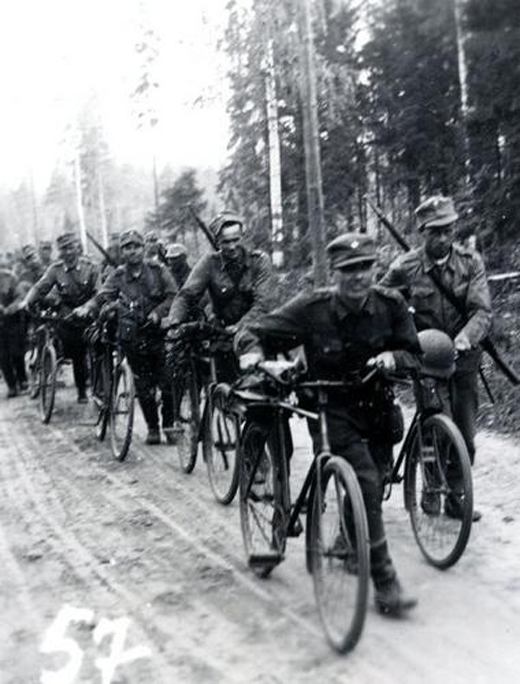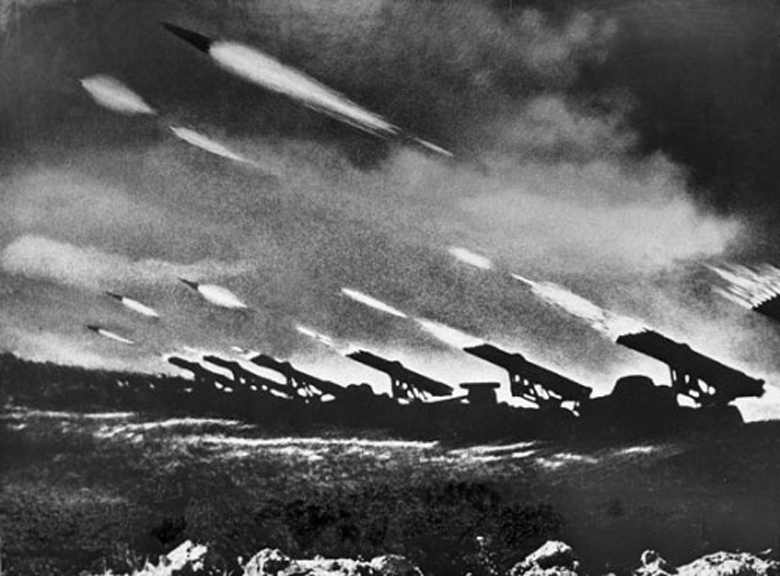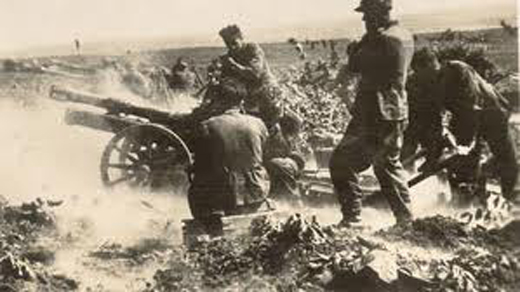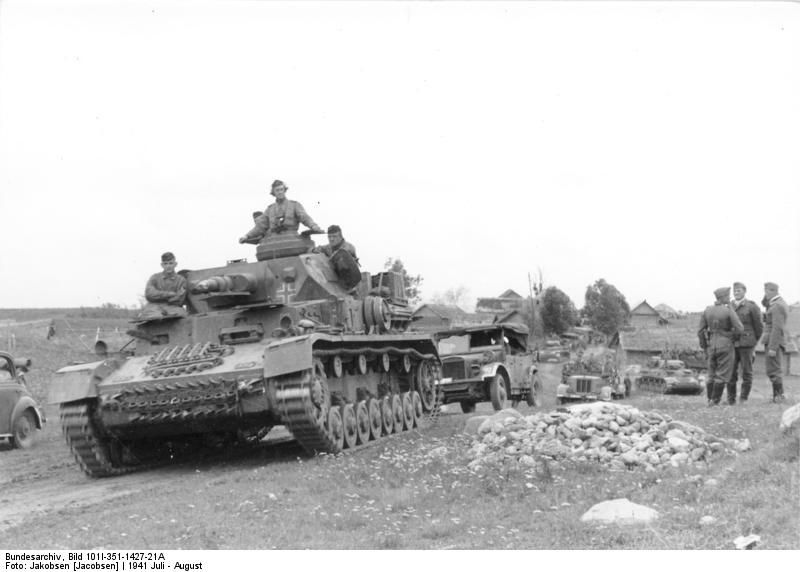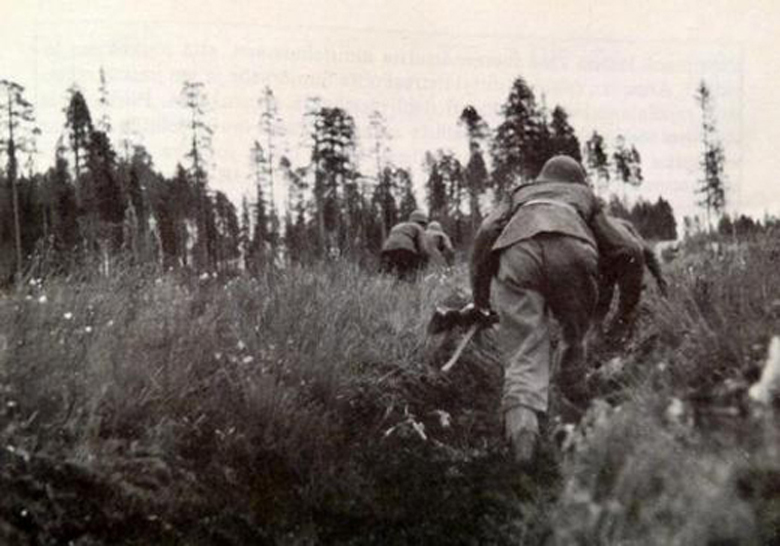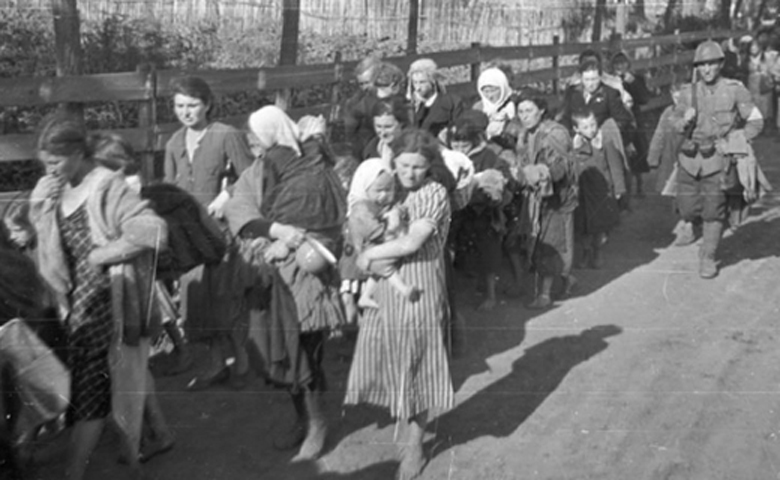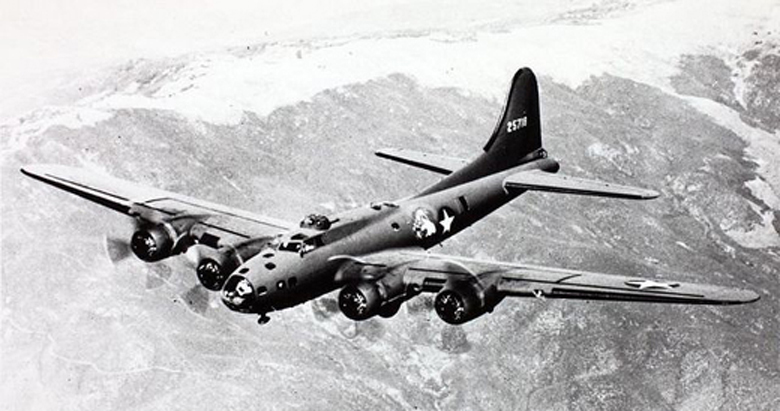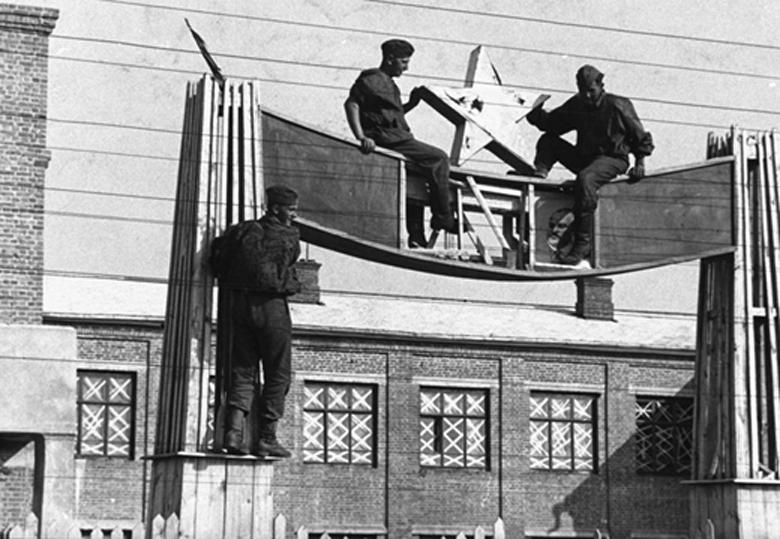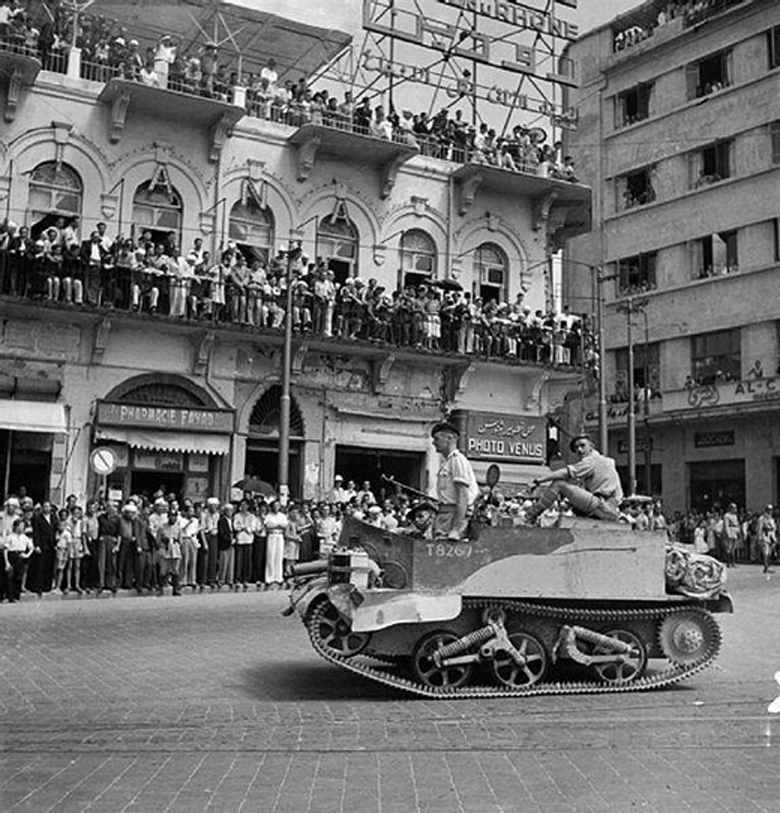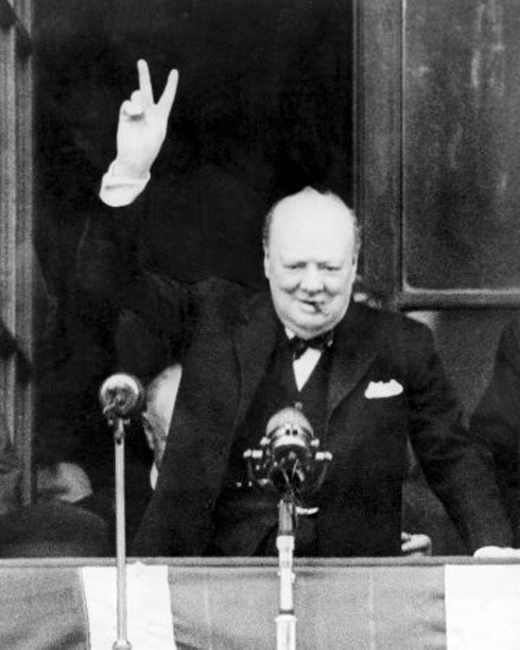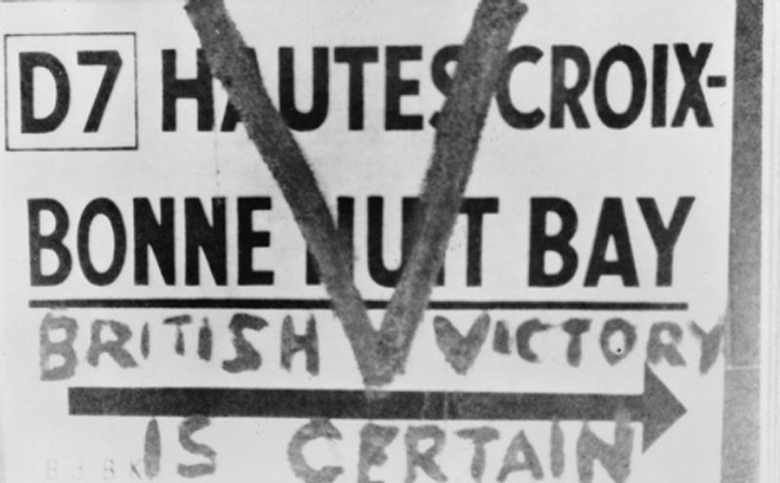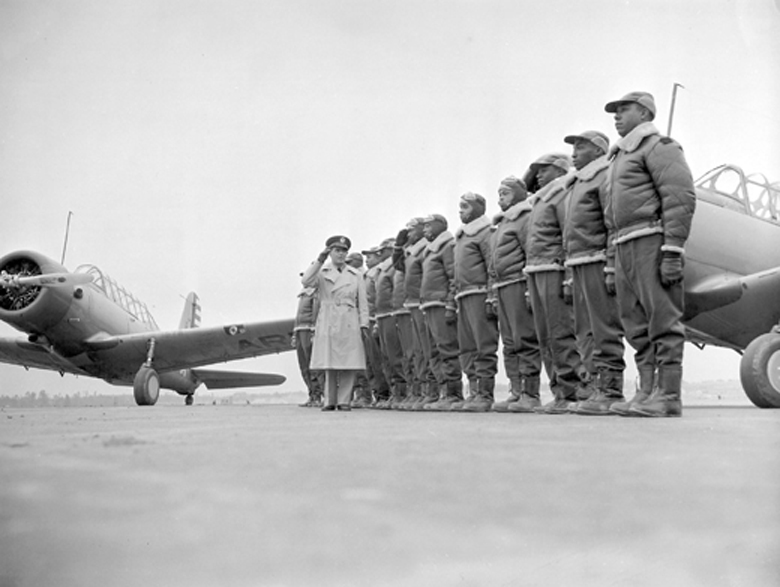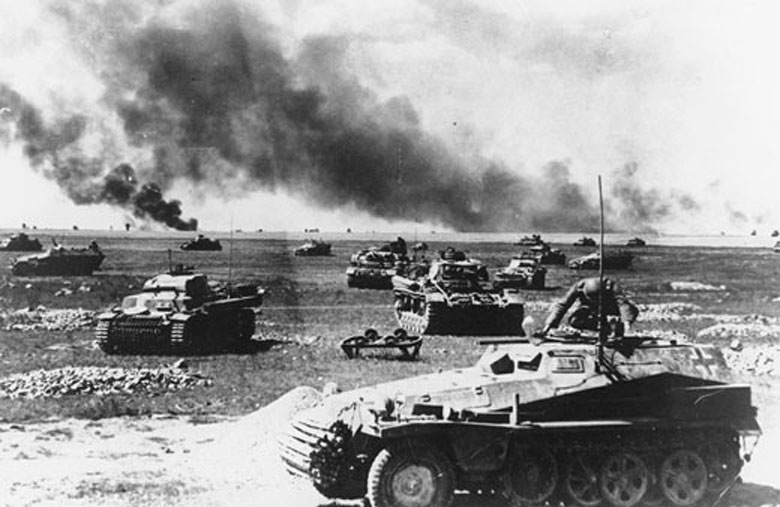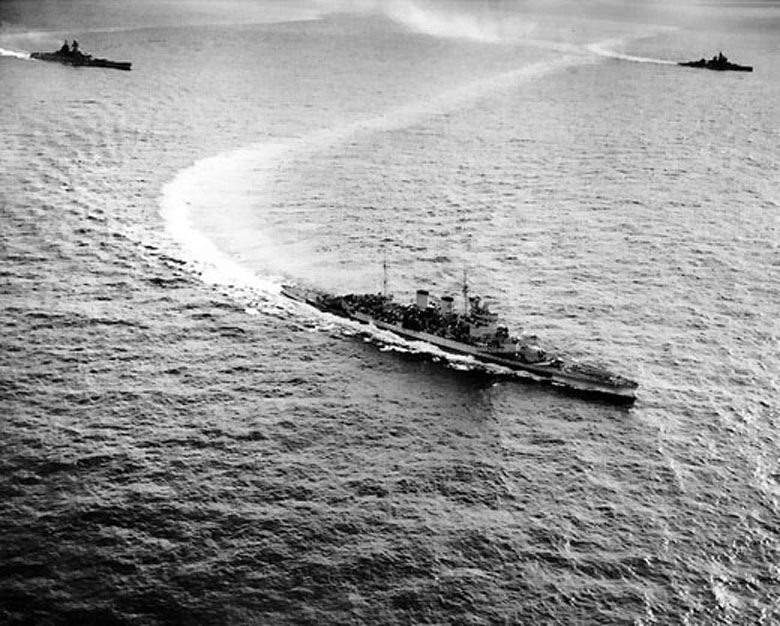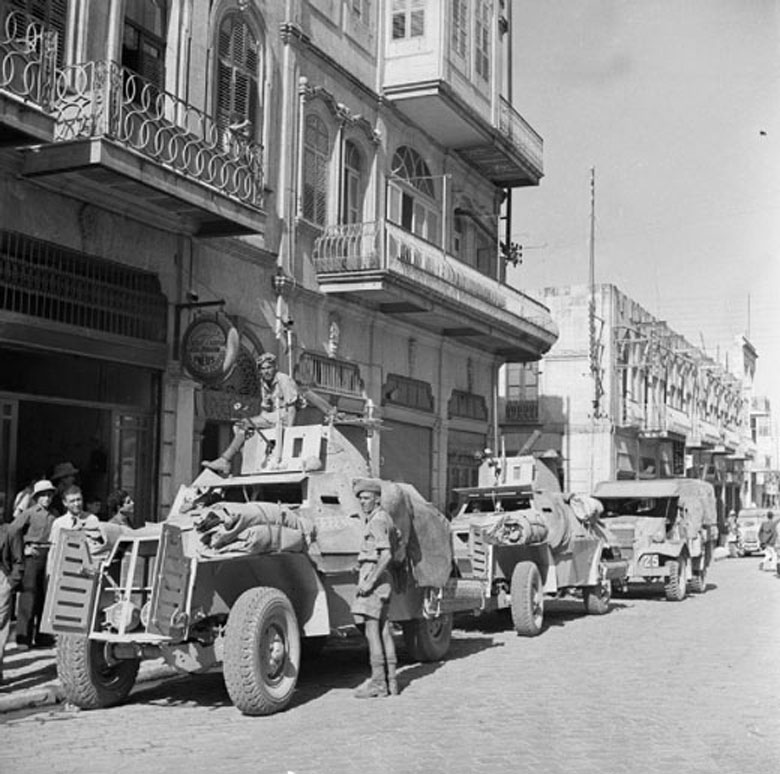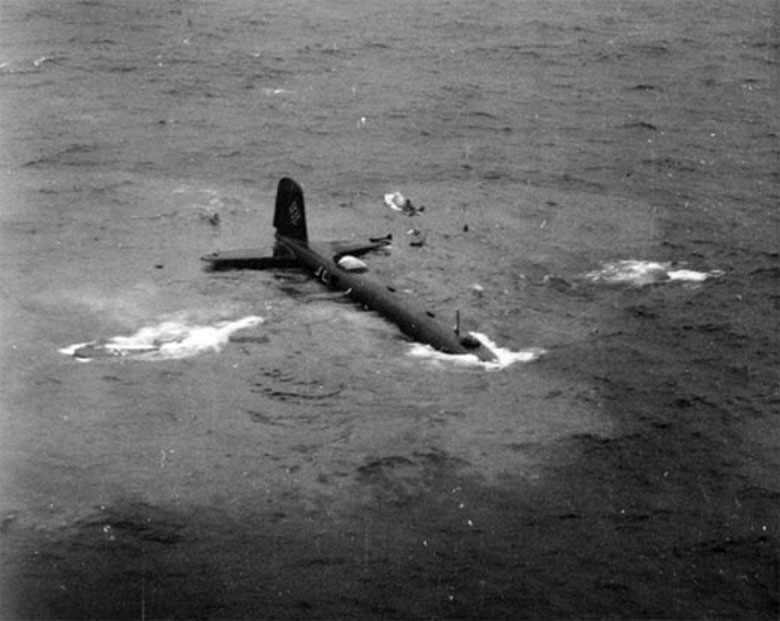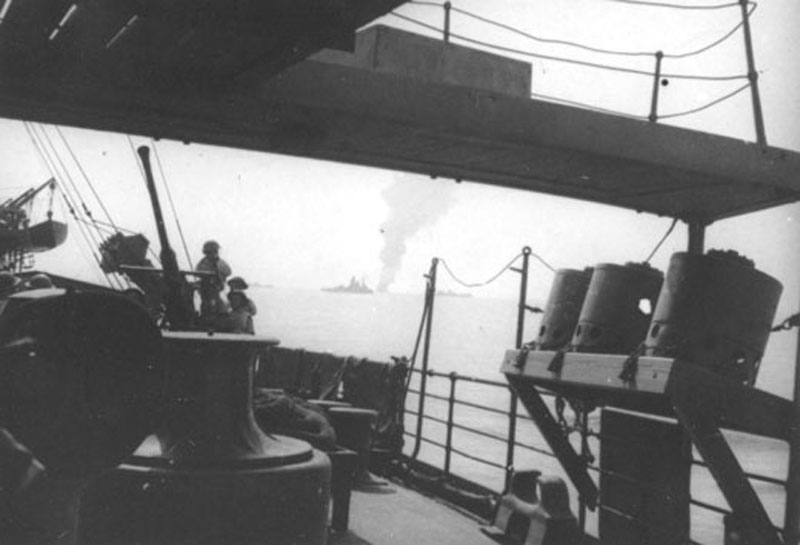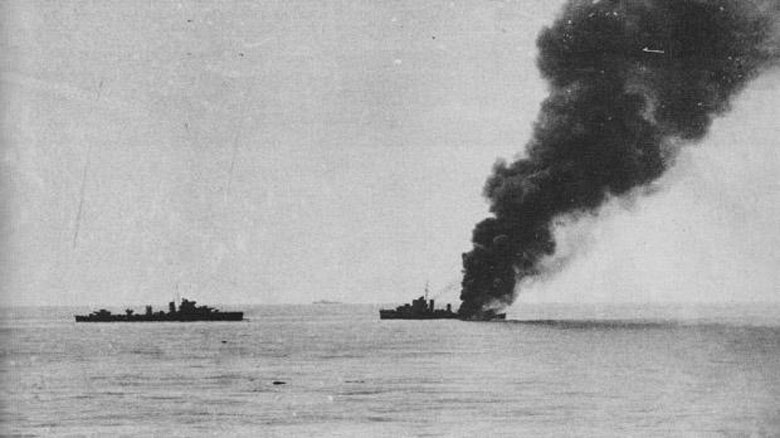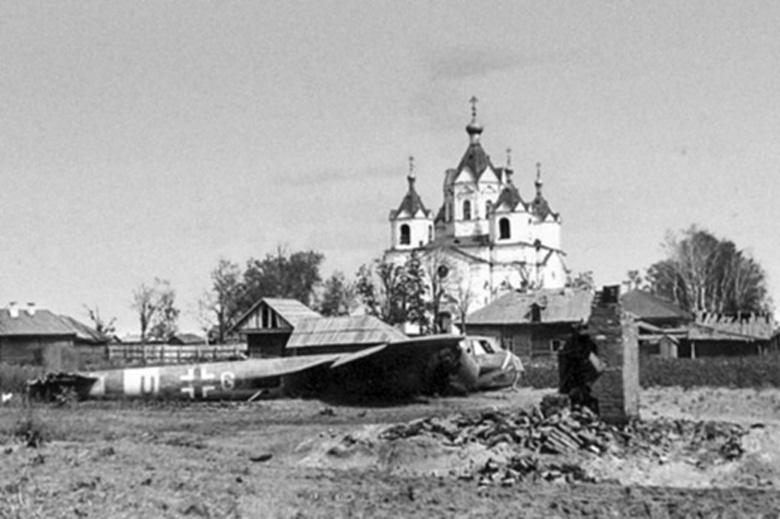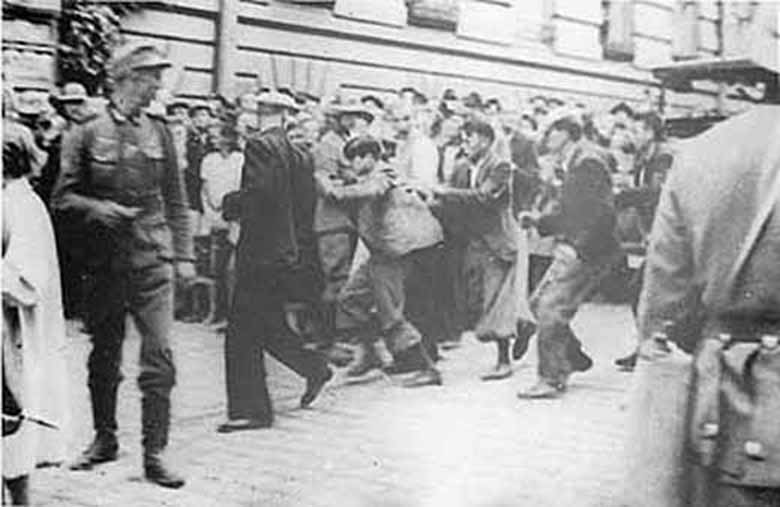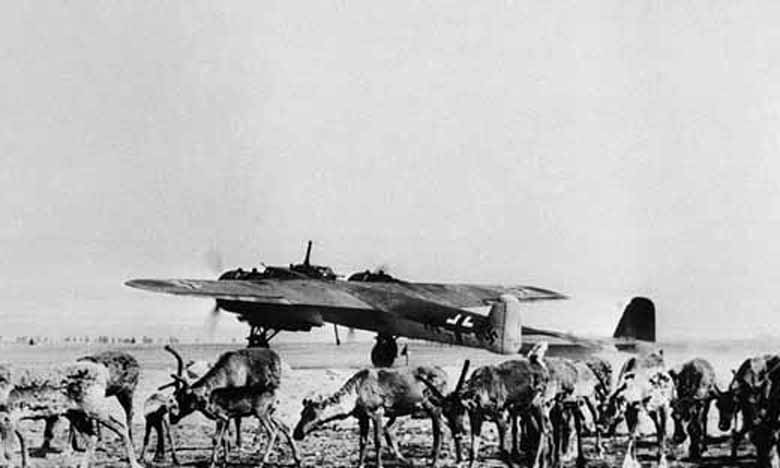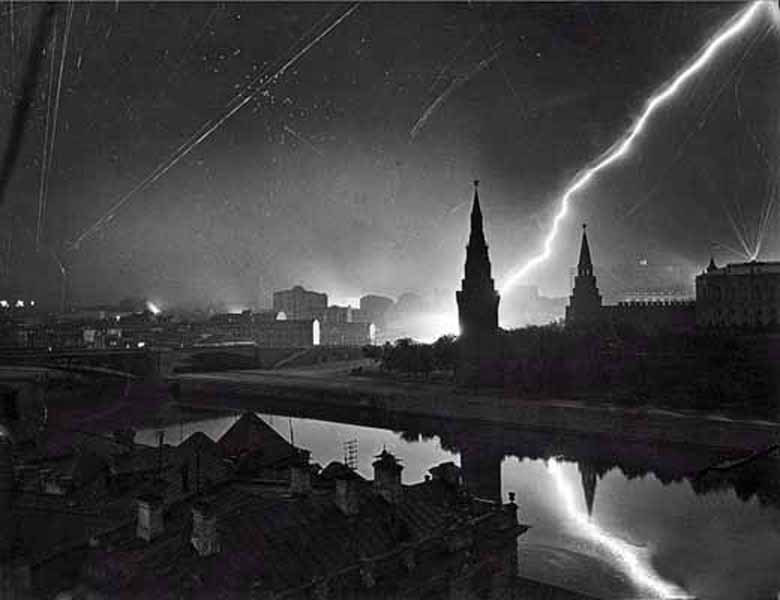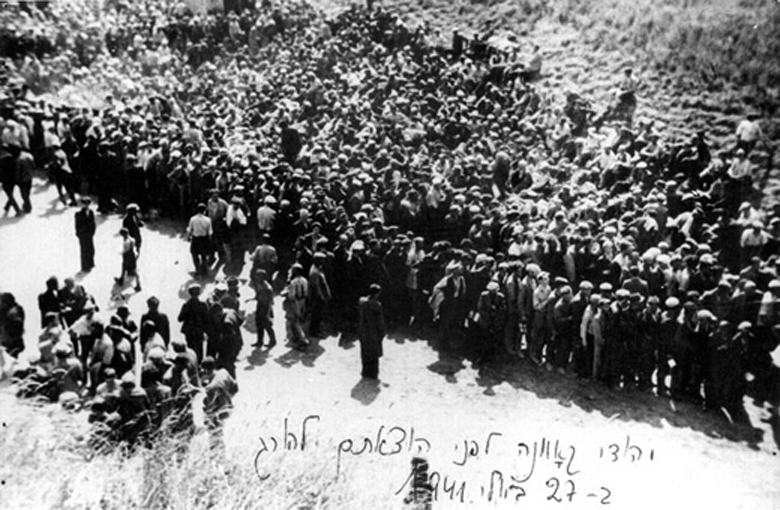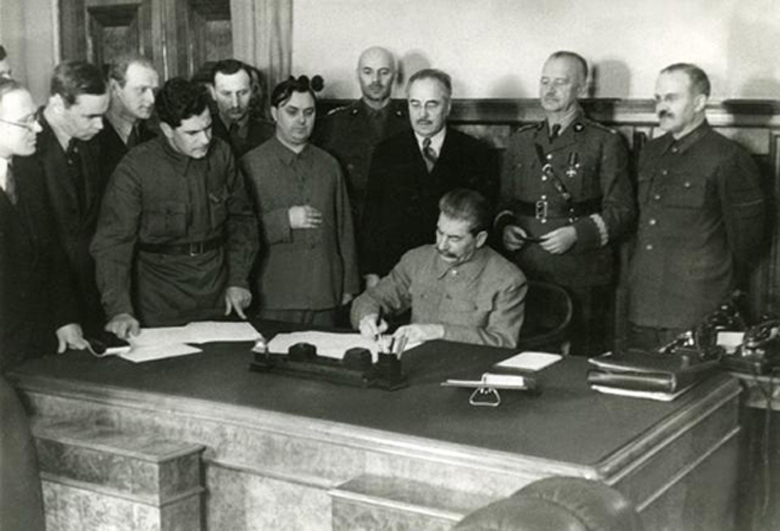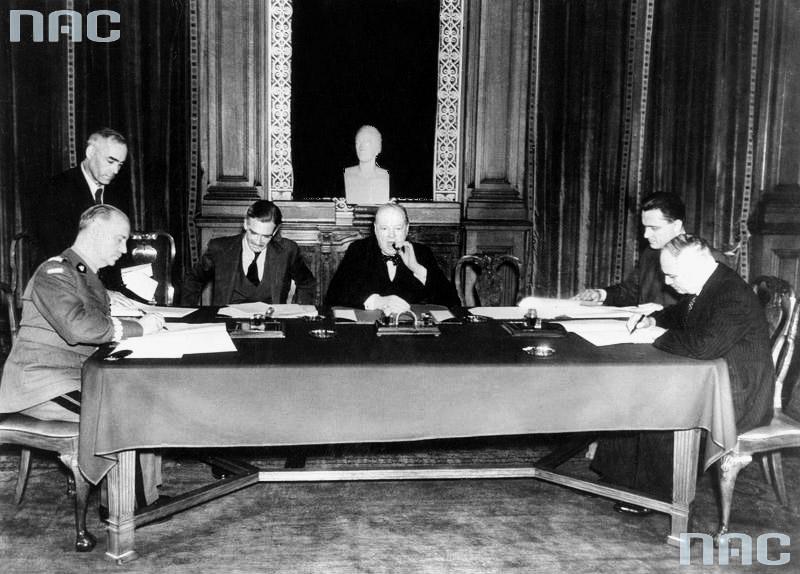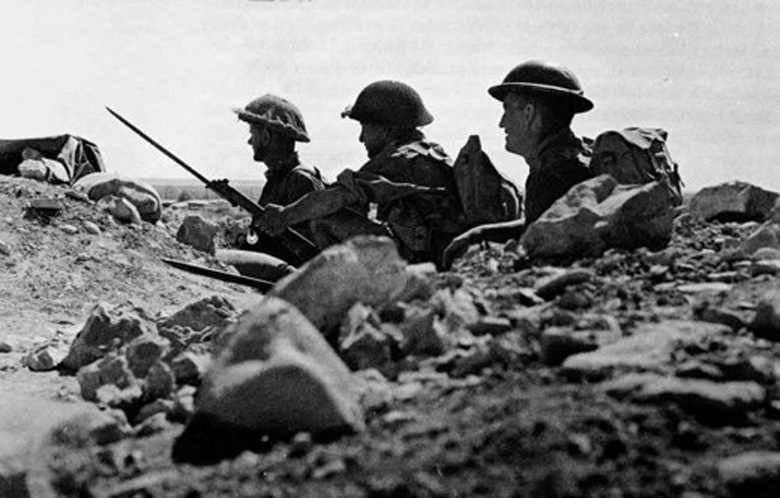Air Operations, Europe
The R.A.F. attacks Brest harbor and hits Prinz Eugen, causing much damage and killing 60 of her crew.
[Axis Diplomacy
- Ribbentrop urges Japan's Foreign Minister Matsuoka to press his government to declare war on the Soviet Union. The Russians are withdrawing a great number of units from the Far East in order to reinforce the west. They have never left themselves so weak in that area. The Japanese, however, categorically refuse. Their reason, as reported by the spy Sorge, is that their chosen line of expansion is in a different direction. They are looking to move towards southeast Asia and the oilfields in the Dutch East Indies.
- Germany, Italy and the other Axis nations recognize the pro-Japanese government of Wang Ching-wei in China.
Battle of the Atlantic
- Aircraft from the United States Navy start anti-submarine patrols from bases in Newfoundland.
- The British steamer Homefire (1262t) is sunk in a German air attack north of Norwich with the loss of 2 crewmen.
- U-108 sinks the British steamer Toronto City (2486t), being used as a weather observation ship since October 1940, about 500 miles north of the Azores. All 43 of her crew are lost.
- The British armed boarding vessel Malvernian is badly damaged and abandoned after a German air attack. 24 of the crew are lost, 57 are landed and the rest of the crew of 164 are made prisoners of war.
- The German steamer Durazzo (1153t) is taken over by Venezuela at Maracaibo and renamed Pampero.
Britain, Command
Gen Auchinleck is appointed to command the British forces in the Middle East. Gen Wavell takes Auchinleck's old post as Commander-in-Chief in India. Churchill has finally tired of Wavell with the failure of the 'BATTLEAXE' offensive. The British government recognizes that the Commander in Chief, Middle East, has had heavy political responsibilities up to now in addition to his military duties and to avoid the distraction which this has caused in the past Oliver Lyttleton is appointed minister of state, resident in the Middle East.
[Diplomatic Relations
Chiang Kai-shek's Nationalist Kuomintang government breaks diplomatic relations with Germany and Italy following their recognition of the rival Japanesse puppet regime, the Reformes Kuomintang.
[Eastern Front
Units of Army Group North take Riga while to the south other German troops are already well beyond the Dvina, making for Ostrov. West of Minsk the Berezina has been crossed by Guderian's Panzers and the advance towards Pskov continues.
Soviet Prisoners of War |
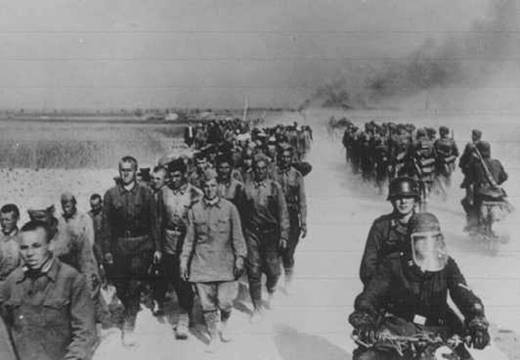 |
The German XXXVI Corps attacks the Soviet XLII Rifle Corps in the Salla region, although the terrain hampers progress. The Finnish III Corps advances from Uhtua.
NORTHERN SECTORThe German XXVI Corps captures Riga, and the army group approaches Pskov. Of the Northwest Front's 31 divisions, 22 are now below half-strength.
Germans Occupy Riga |
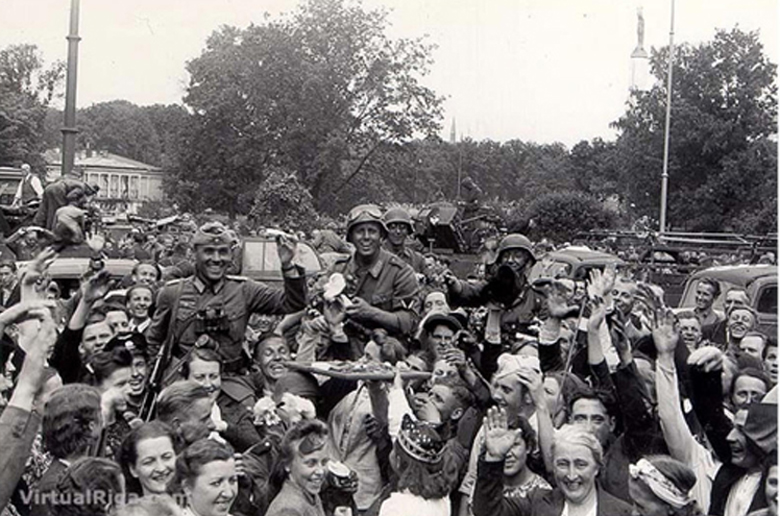 |
The 1st Panzer Group advances around Rovno, Dubno and Kremenets, its northern flank protected by the 6th Army, which is fending off spirited resistance from the Soviet 5th Army. Meanwhile, the Southern Front is attacked by LIV, XXX, XI Corps and the 3rd and 4th Romanian Armies.[MORE]
[Syria
Troops from Gen Slim's 10th Indian Div move into northern Syria from Iraq.
[